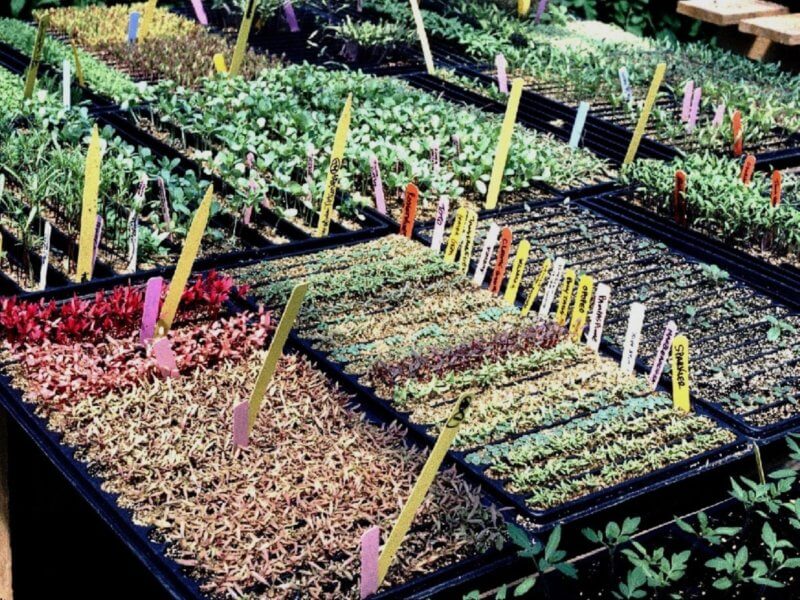Spring’s here — time for garden planting planning
Here we are and it’s spring. Can you believe we made it this far?
Though it still looks wintery outside it’s time to plan, and yes, even start some seeds for the vegetable and flower beds. I usually use March as a starting time for those veggies that need a head start, like tomatoes, peppers, eggplant, cabbages, broccoli, basil and lettuce. Some seeds are better started in the garden when the soil warms up. Of course, everyone doesn’t have the time or energy to start their own plants so waiting till nurseries open for the season is the key.
Knowing which are best planted directly is helpful. I usually plant beans, cucumbers, corn, squashes, carrots and beets directly in the garden beds. Waiting for the soil to feel warm to the touch will make for success.
There are a few exceptions to this rule. Plants that can take a bit of chill and survive are peas, radishes, onions and seed potatoes. The crucifers, if established as young plants, are pretty hardy, also. The garden soil should not be soggy.
Those seeds needing a head start inside should be planted in a soilless mixture. This can be purchased at a garden center or home store. Some grit or sand on the surface will benefit the seedlings from damping-off, the fungal disease associated with too wet soil.

Gardeners can get a head start on the growing season by ordering their seeds early to start seedlings indoors.
Initially, the planted seeds will need a cover and some warmth. Lighting is key, though. Grow lights are useful but tend to be pricey so ordinary shop lights will work fine if you can arrange to be flexible for raising and lowering them. The seedlings will benefit from 12 hours or so of this artificial light.
Once your seedlings emerge, remove the cover. Brushing them lightly occasionally encourages growth. Some gardeners use an oscillating fan. Raise the lights to 4 inches above as the plants lengthen. A timer is useful for we who forget or aren’t as agile as we used to be.
The biggest mistake of novice growers is overwatering. Watering should always be done from below into a tray under your pots or seeding cubes. Don’t let plants sit in water. Drain off any excess.
Thinking of the natural environment for a given plant is helpful to successfully growing it. Save any fertilizing till transplanting time using a diluted solution to start. I like a natural fish/seaweed feed. Organic compost adds not only some nutrients to your soil but also can adjust the texture of the growing medium. If too sandy or thick with clay, organic matter is the answer for either problem.
I try to do succession planting. That is, when one vegetable crop has been harvested, to fill that spot with either seeds or different plants. Our short season means paying close attention if you choose to do this. No soil should lay waste. Fill the spot. If the first crop was a particularly voracious feeder, you might grow something that adds nitrogen to the soil such as legumes or amend with more compost.
Once you order seeds or plants from any garden catalogue, you will find your name has been passed around and soon you are inundated with offers. Catalogues offer loads of information and allow you to keep in touch with the newest varieties. You can learn a lot by perusing.
We are fortunate in our area to have some fine nurseries that offer started plants for ornamentals as well as edible plants. Horsford in Charlotte has been a go-to for decades, as well as Rocky Dale in Bristol for the unusual. Red Wagon Plants in Hinesburg is a relative newbie on the block but has carefully grown plants to offer. Herbs are a specialty. Gardener’s Supply has grown a lot since I first started shopping there 30 plus years ago. A good source for other garden supplies like tools, soil amendments, pots, etcetera.
I’m starting to get excited about getting my hands in the dirt once again. How about you? First, I need to enjoy the spring flowering bulbs I planted last October. Hmmm … now what did I plant this time?

